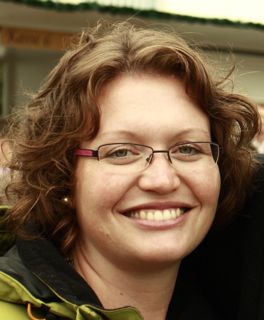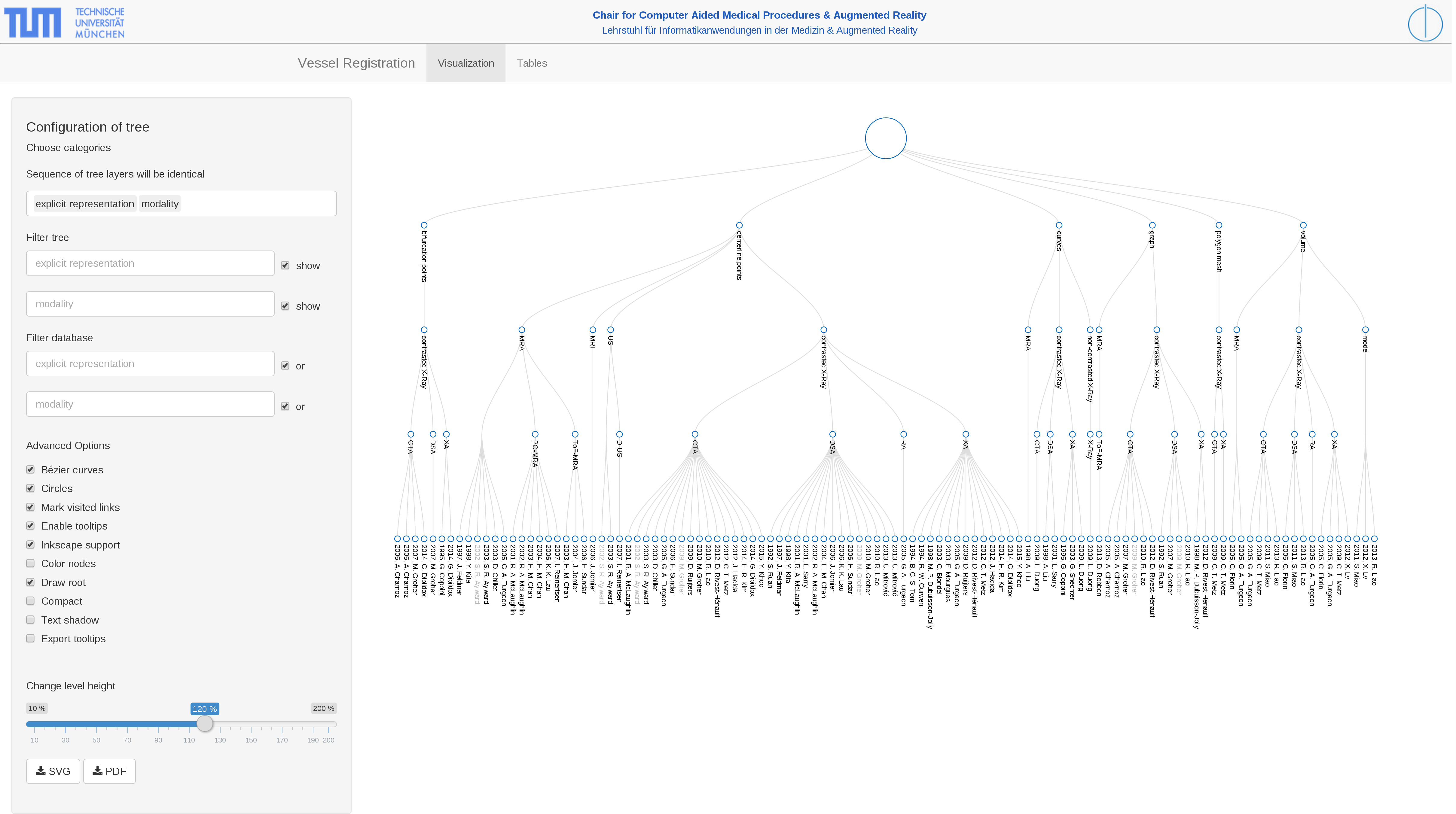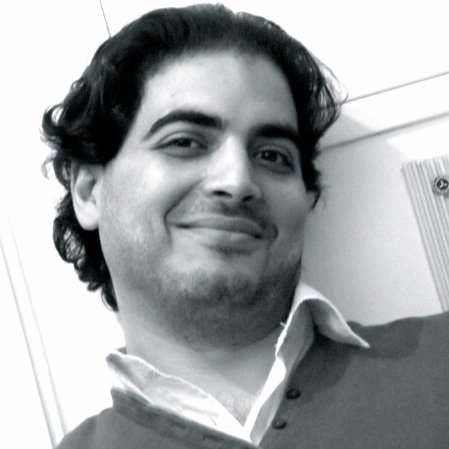Research in Biomedical Crowdsourcing
Table of Content
Contact Person and Group Coordination

|
|
|
Stefanie Demirci |
Maximilian Baust |
|
|
|
Research Projects in Biomedical Crowdsourcing
Living ReviewReview papers generally provide a comprehensive overview over the plethora of existing techniques with a particular focus on the suitable classification criteria. However, we wish to go beyond a static literature review which is naturally doomed to be outdated after a certain period of time due to the rapid research progress. Our living review concept augments conventional review papers with an extendable and interactive database in order to obtain an intuitive nd structured visualization whose currency goes beyond the one of a printed paper. All papers in this database are labeled with one or multiple tags according to 13 carefully defined categories. The classification of all entries can then be visualized as one or multiple trees which are presented via a web-based interactive app (http://livingreview.in.tum.de) allowing the user to choose a unique perspective for literature review. In addition, the user can search the underlying database for specific tags or publications related to vessel registration. Many applications of this framework are conceivable, including the use for getting a general overview on the topic or the utilization by physicians for deciding about the best-suited algorithm for a specific application. |
Crowdsourcing for HealthcareToday's clinical procedures often generate a large amount of digital images requiring close inspection. Manual examination by physicians is time-consuming and machine learning in computer vision and pattern recognition is playing an increasing role in medical applications. In contrast to pure machine learning methods, crowdsourcing can be used for processing big data sets, utilising the collective brainpower of huge crowds. Since individuals in the crowd are usually no medical experts, preparation of medical data as well as an appropriate visualization to the user becomes indispensable. The concept of gamification typically allows for embedding non-game elements in a serious game environment, providing an incentive for persistent engagement to the crowd. Medical image analysis empowered by the masses is still rare and only a few applications successfully use the crowd for solving medical problems. The goal of this project is to bring the gamification and crowdsourcing to the Medical Imaging community. |
Related Publications
| 2017 | |
| S. Matl, R. Brosig, M. Baust, N. Navab, S. Demirci
Vascular Image Registration Techniques: A Living Review Medical Image Analysis, Volume 35, pp. 1-7, 2017 (bib) |
|
| 2016 | |
| S. Albarqouni, S. Matl, M. Baust, N. Navab, S. Demirci
Playsourcing: A Novel Concept for Knowledge Creation in Biomedical Research Proceedings of MICCAI Workshop on Large-scale Annotation of Biomedical data and Expert Label Synthesis, Athens, Greece, October 2016 The first two authors contribute equally to this paper. (bib) |
|
| S. Albarqouni, C. Baur, F. Achilles, V. Belagiannis, S. Demirci, N. Navab
AggNet: Deep Learning from Crowds for Mitosis Detection in Breast Cancer Histology Images IEEE Transactions on Medical Imaging (TMI), Special Issue on Deep Learning, vol. 35, no. 5, pp. 1313 - 1321, 2016. The first two authors contribute equally to this paper. (bib) |
|
| 2015 | |
| D. Volpi, M. H. Sarhan, R. Ghotbi, N. Navab, D. Mateus, S. Demirci
Online Tracking of Interventional Devices for Endovascular Aortic Repair International Journal of Computer Assisted Radiology and Surgery, June 2015, Volume 10, Issue 6, pp 773-781 (bib) |
|
Working Group
|
|
|



